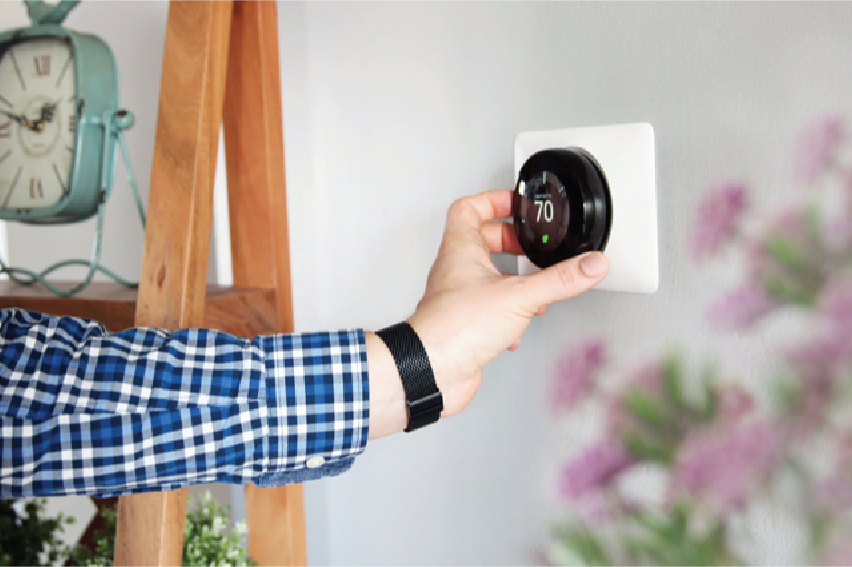Summertime brings warm weather, longer days, and a more relaxed atmosphere, but summer can also cause financial stress for homeowners. Increased electricity and water expenses, outdoor home repairs, and vacations are often associated with summer. These expenses can quickly add up and cut into your personal savings. To meet your savings goals, we’ve come up with 5 quick tips on how you can reduce expenses during the summer season.
1 – Manage the Thermostat
Air conditioning is a necessity during intense heat waves, but some days require less air conditioning use than others. Simply by turning your thermostat back 7°-10°F for 8 hours a day, households save an average of 10% per year off their energy bill. Obviously, adjust for comfort, but this is a great way to help reduce your monthly energy costs.
2 – Convert to LED Bulbs
Traditional incandescent lightbulbs are not only inefficient but also passively heat your house. LED lights, however, dramatically lower the overall energy demand while producing half as much heat. LED lights also last about 50 times longer than most incandescent bulbs. It’s estimated that the average household saves about $225 per year by switching to LED lightbulbs.
3 – Water Usage
Water usage can spike drastically during the summer for homeowners, so it’s important to prioritize your water usage. If you have a lawn, try limiting sprinkler use to the early morning – this will keep your lawn healthy without losing most of that water to evaporation. For bathing, try setting shower time limits for you and your family. While a longer shower might be pleasant, a standard shower head sprays about 2.5 gallons of water per minute – that’s 25 gallons for a 10-minute shower! By setting a time limit, you can easily lower your overall water usage.
4 – Improve Airflow
Improved airflow in your home is critical for maintaining a temperate climate while reducing the necessary energy demand. Caulking around windows and doors is one simple way homeowners can immediately improve airflow and reduce heat gain. By sealing air leaks around windows, you’re able to keep cool air from escaping. Buying new air filters is another way to improve your home’s airflow. Replacing an old or clogged filter can lower your air conditioner’s energy consumption by about 5 to 15 percent.
5 – Use More Fans
After increasing your thermostat and improving your home’s airflow, fans are an effective way of reducing your summer cooling costs. Ceiling fans in particular are great at cooling you down without lowering the thermostat. Requiring less energy than your air conditioner, a fan can help reduce energy costs without sacrificing comfort. Just remember that fans cool people, not rooms, so be sure to turn them off when you leave the room.
Just by making these simple changes, at average energy rates, you could save up to $800 per year or more! Check out The Edge for more money-saving ideas and financial tips at mygova.com/the-edge.



